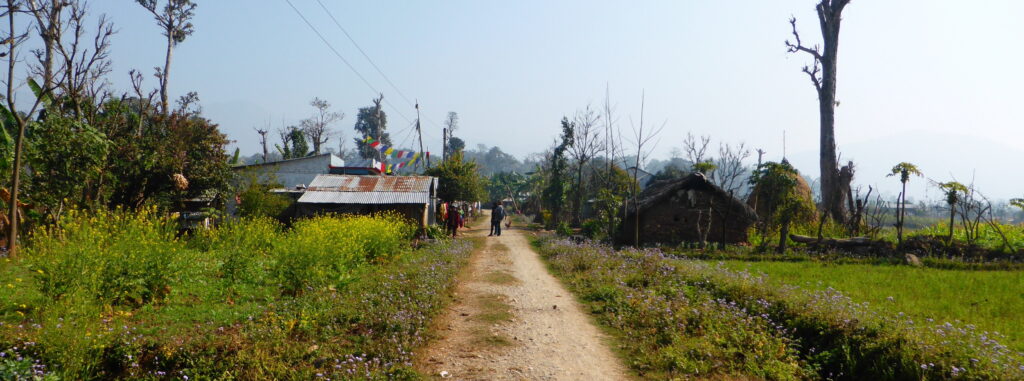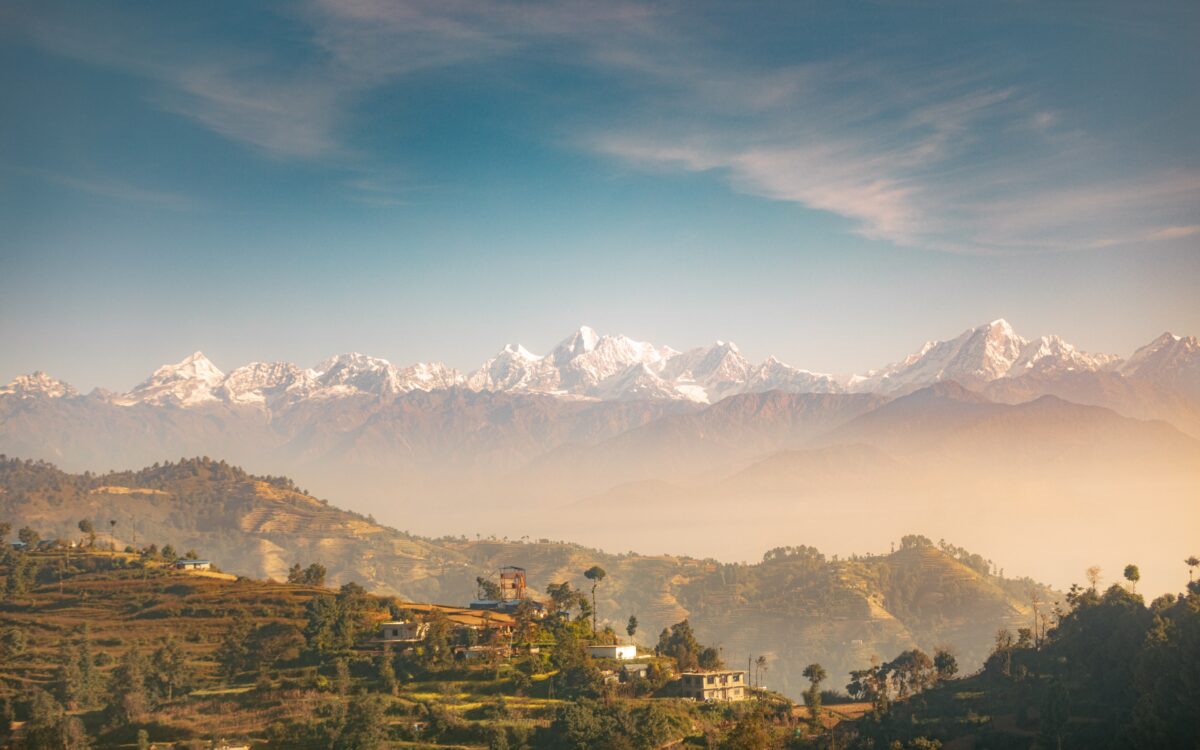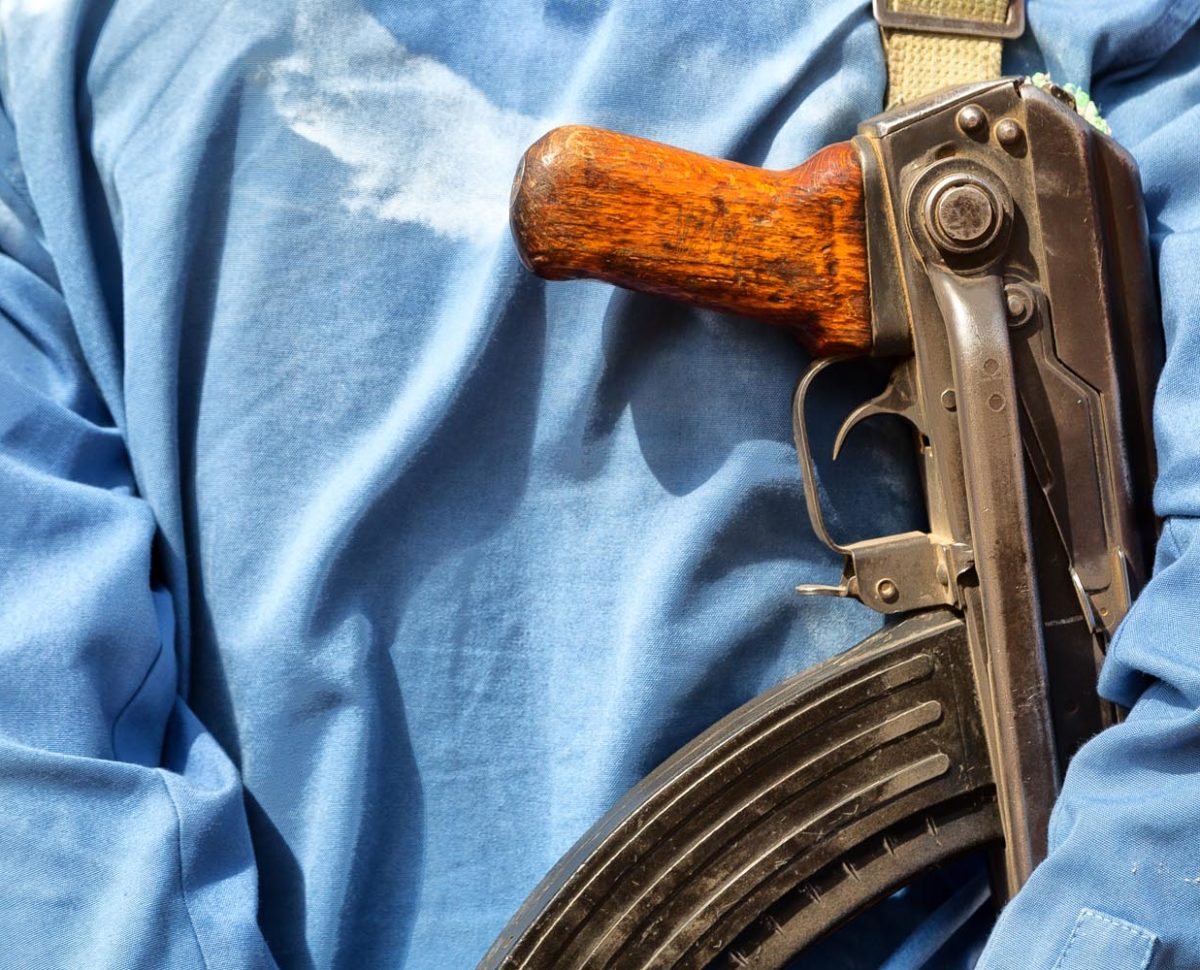
Luna K.C.
‘The changing nature of war and women’s changing roles in war requires further understanding – including women’s experience of reversed gender roles during wartime, what reintegration means for female ex-combatants, and how women engage with the transition to peace…‘
Women joining armed conflict is not new. In recent wars, women’s participation in conflict has grown significantly. Current literature proposes three arguments on why women enter armed conflict:
- Some argue women are attracted by armed group ideologies on freedom, gender equality, ending oppression, and emancipation;
- Others suggest women are motivated by protection, loyalty, agency, security, and revenge; and
- Some research points to forced recruitment, the pressures of poverty, unemployment, displacement, and everyday violence.
Drawing on my PhD research, this blog presents stories of women ex-combatants who participated in the Maoist war in Nepal, and their post-war reintegration experiences. My research responds to two of this year’s Civil War Paths blog series themes: context-specific analysis and formulating a theory of change. My study draws upon feminist theory to offer contextually-sensitive and localised reflections on the experiences of women ex-combatants in Nepal. Furthermore, my work contributes to debates around gender role transformations during conflict, and unpacks theories of wartime change around ex-combatant ‘reintegration’.
Maoist war and gender role change
From 1996 to 2006, Nepal endured a decade-long civil war between the Nepali Government and Communist Party of Nepal (Maoist). The CPN(M)’s strong agenda on equality and women’s empowerment attracted large numbers of women fighters. Estimates suggest 30-40% of all combatants were women. But the war impacted all women – both combatants and non-combatants alike.
In my PhD, I interviewed 35 women ex-combatants. My findings suggest the Maoist war challenged traditional gender norms, and provided opportunities for women to undertake roles typically reserved for men.
As one of my interviewees put it,
During the Maoist war, I [and] all the women ex-combatants performed male roles, which are reserved for men in our society. I did military training, took part in decision making, spoke in front of groups with confidence, took up leadership roles, climbed trees, and dug ditches based on rotations. Similarly, men also did the cooking, cutting vegetables, washing, and cleaning jobs at that time.
This female Maoist ex-combatant’s story demonstrates ways in which Nepal’s Maoist war changed gender roles. For the first time in Nepal’s history, women carried guns and participated in violent military actions – roles previously reserved for men. Nepal is not the only case of women’s visible participation in war. Sri Lanka’s LTTE, Colombia’s FARC-EP, El Salvador’s FMLN, and many other groups have also mobilised high numbers of women, and challenged gender norms preventing women from taking leadership roles.
Historically, Nepali women have faced systemic inequalities, including gender, caste, and class-based discrimination. My findings demonstrate that pre-war conditions played a role in women’s wartime decision-making. Women from the underprivileged Dalit caste (the so-called ‘untouchables’), other low castes, and low-income family backgrounds faced worse forms of exclusion and discrimination in the pre-war period. In my interviews, Dalit women ex-combatants suggested they joined CPN(M) to end caste-based inequality, which they suffered daily. This resonates with CP Aryal’s research on ex-combatants and inter-caste marriages in Nepal, which demonstrates the CPN(M)’s promotion of inter-caste marriage between Dalits and non-Dalits, its revision of caste disctinctions, and its challenge to the status quo.
Reintegration and peacetime
However, questions remain (in CP’s research, and my own) as to the extent of transformation in structural caste inequalities, including the patriarchal Brahmanical ideology, across Nepal’s civil war. Dalit ex-combatants’ post-war experiences of inter-caste marriage, for instance, differ along gender lines. These differences require further unpacking to understand the scope of ‘wartime transformation’, and address future challenges.
Reintegration, central to existing ‘theories of change’ in civil war studies, is one area where we can conduct this ‘unpacking’. Reintegration is a crucial aspect of peacebuilding and of post-war political stability: following disarmament and demobilisation processes, as ex-combatants re-enter society. Reintegration is also a gendered process, intersecting with multiple pre-war, war, and post-war cleavages.
Nepal’s Government and CPN(M) insurgents signed a peace deal in 2006, and the ex-combatant reintegration process concluded in 2012. Women ex-combatants approached peace and reintegration with high hopes of post-war gender equality. At first, the peace appeared to make steps towards women’s empowerment. For example Nepal’s new constitution, instituted in 2015, reserved 33% of posts in federal, provincial, and local governments for women.

Gender in peacetime
However, the peacetime and reintegration period also engendered disappointment for women ex-combatants. New gender roles undertaken by women in wartime sometimes undergo reversal in peace, and some women ex-combatants face setbacks. Female ex-CPN(M) insurgents lost energy and empowerment in the aftermath of war. Women ex-combatants experienced rejection and stigma at various levels – including from their families, in the job market, from the post-war Maoist party, and from the wider community.
When I reached the employer, he denied and made fun of me saying ‘you Maoist woman, go play with guns, why are you here? If you, woman, will do this painting job it is never going to finish, I don’t want to lose my business’. It is hard to find a job as an uneducated woman like me. Other Maoist women are facing the same stigma when looking for a job. This is a serious issue which prevents women from entering the public sphere. I will not give up but fight till the end to protect women’s voices.
Another woman ex-combatant faced systemic barriers which reversed her wartime empowerment:
Since the beginning I wanted to join Maoist politics and become a leader. I went into the war to fight for rights, now after the war and having small children and a household my husband and family do not allow me to participate in politics… also I realised doing politics or to win election (for any position) requires resources like money, and I do not have access to such resources… these things kept me away from local politics and beyond.
These narratives indicate women ex-combatants’ dissatisfaction with everyday adversities, as well as their commitment to fighting gender inequality and discrimination. My interviewees’ stories reveal that, even when women have enjoyed role transformations during war, such change often does not translate into permanent changes in gender structures. This finding supports feminist peace scholarship’s arguments on how women are made invisible in post-conflict reconstruction. The changing nature of war and women’s changing roles in war requires further understanding – including women’s experience of reversed gender roles during wartime, what reintegration means for female ex-combatants, and how women engage with the transition to peace.

